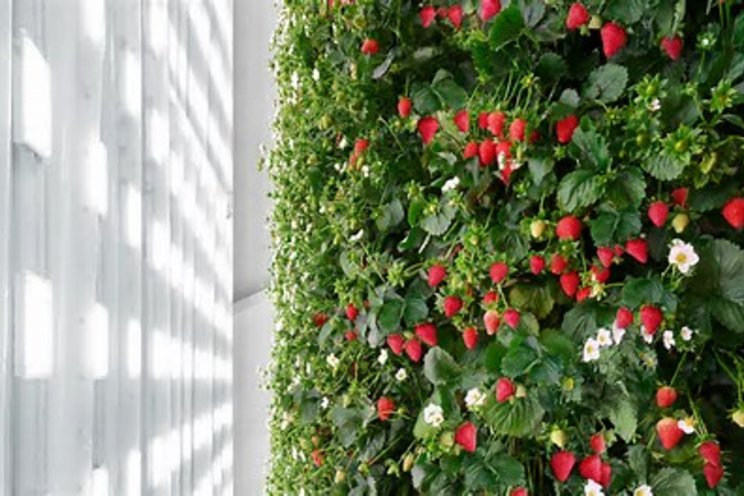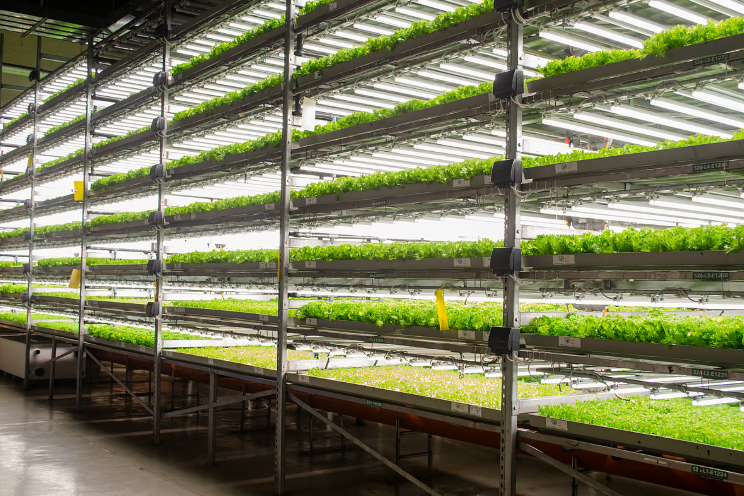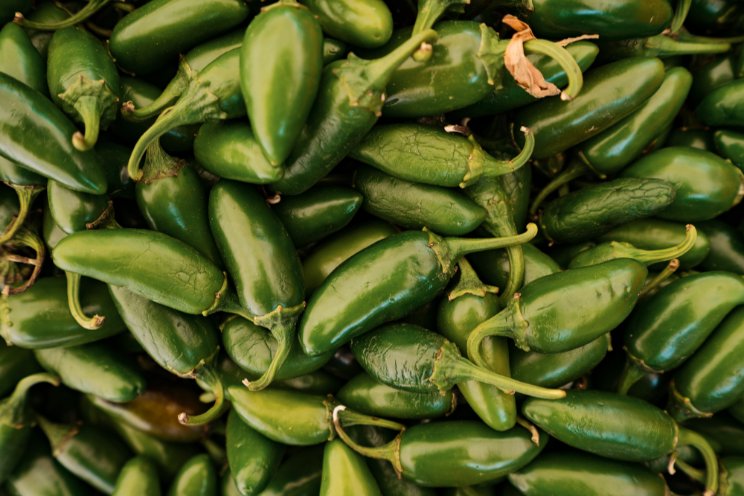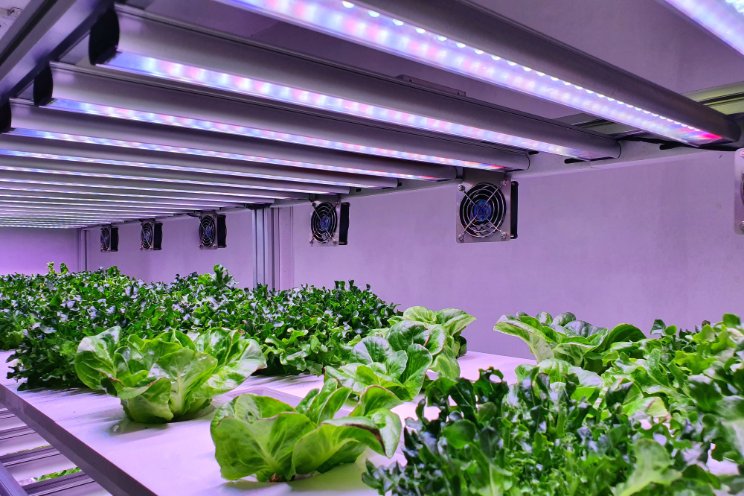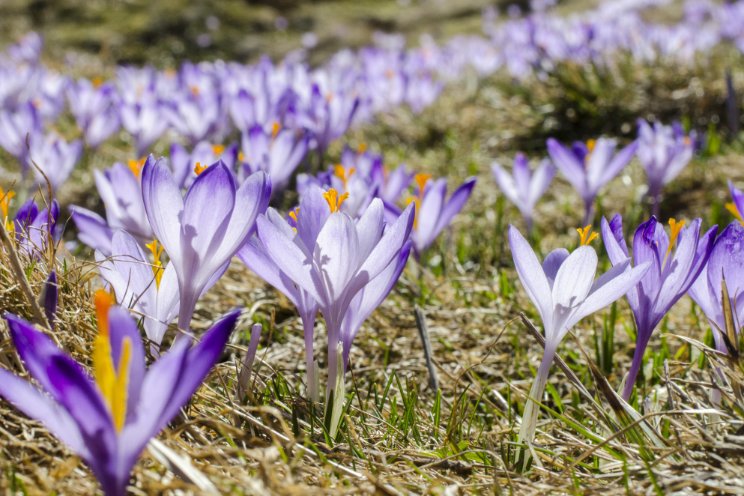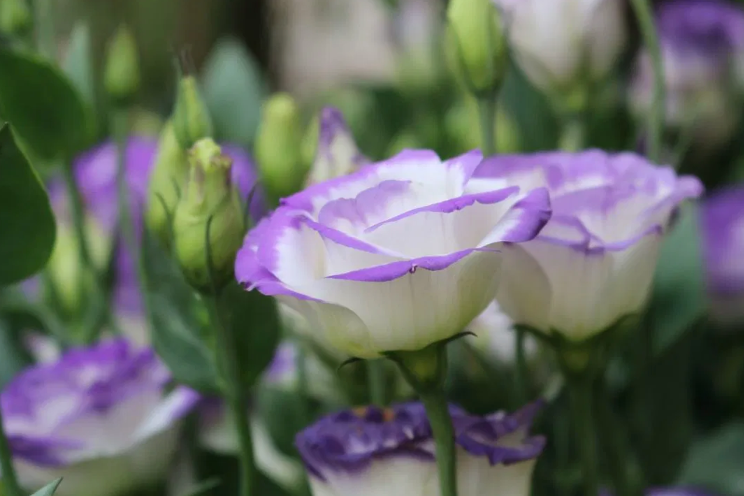Potential of photosynthesis regulation found under altered lighting
Added on 03 January 2023
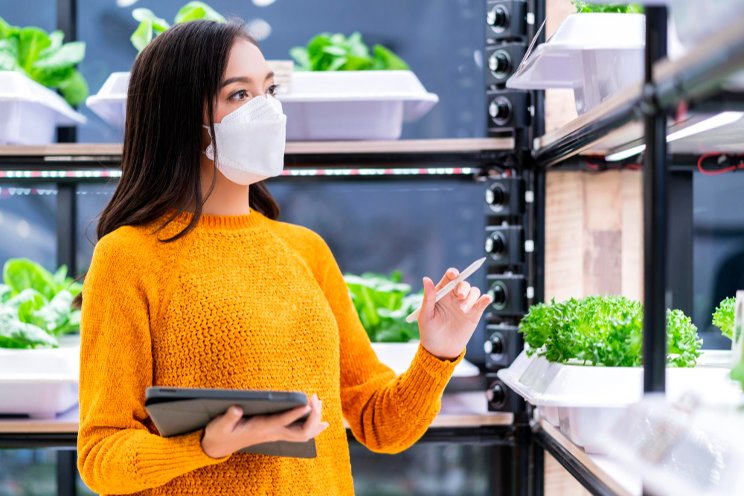
Plants are typically grown under continuous lighting for research purposes, which does not replicate outdoor conditions.
According to a study published in the journal, ‘New Phytologist’, researchers from the Max Planck Institute of Molecular Plant Physiology in Potsdam-Golm (Germany) and the College of Natural Science at Michigan State University (USA) demonstrate the significance of two key proteins for the dynamic control of photosynthesis in a series of experiments with changing light conditions, simulating the natural interplay of light and shadow.
Just like for humans, too much sunlight is harmful to plants. In particular, a rapid change between faint and intense light is problematic. Like the retina in our eyes, plants use molecules in their leaves to capture light particles. When light is low, these light traps are very efficient at catching as much of the low light as possible. If light conditions suddenly change, too much light energy might reach the plant. This energy can overload or damage the sensitive photosynthetic apparatus inside the plant cells. Accordingly, plants have to constantly adapt their photosynthetic activity to their environmental conditions in order to obtain maximum light yield on the one hand, but avoid being harmed by too much light on the other hand.
Image by Lifestylememory on Freepik
More news

